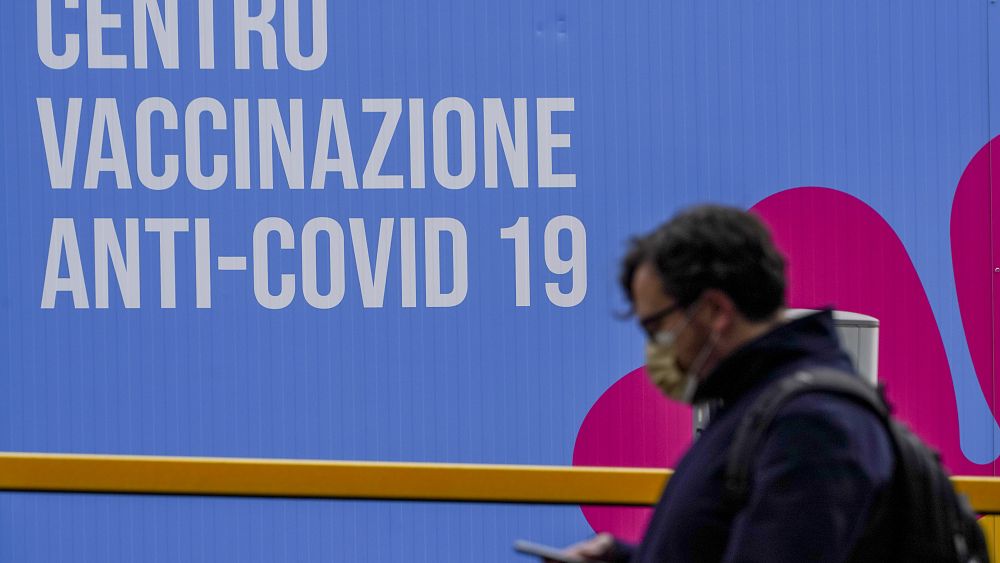cross-posted from: https://lemmy.zip/post/1892119
Archived version: https://archive.ph/qgUwg
Archived version: https://web.archive.org/web/20230825150703/https://www.euronews.com/next/2023/08/23/risk-of-long-covid-persists-two-years-post-infection-study-shows



I wonder how is this measured, because I think by now we all have been exposed to COVID, one way or another. Sometimes without knowing. What they could be looking is simply people with a weaker immune system vs stronger immune system/ less preconditions vs more preconditions. I didn’t have time to analyse the article/paper right now but with a quick read I don’t think I noticed explanation how they control against that.
I think just a sample size negates “weaker immune system vs stronger immune system/ less preconditions vs more preconditions”.
Source: https://www.nature.com/articles/s41591-023-02521-2
Why would the sample size negate it?
If you assume that people with stronger immune system and less preconditions are less likely to catch COVID, or notice having caught it, surely the sample size does nothing to prevent this bias?
That is outside of the paper scope. They researched people that did tested positive and compared long term effects between mild cases, those with hospitalizations and those that weren’t infected.